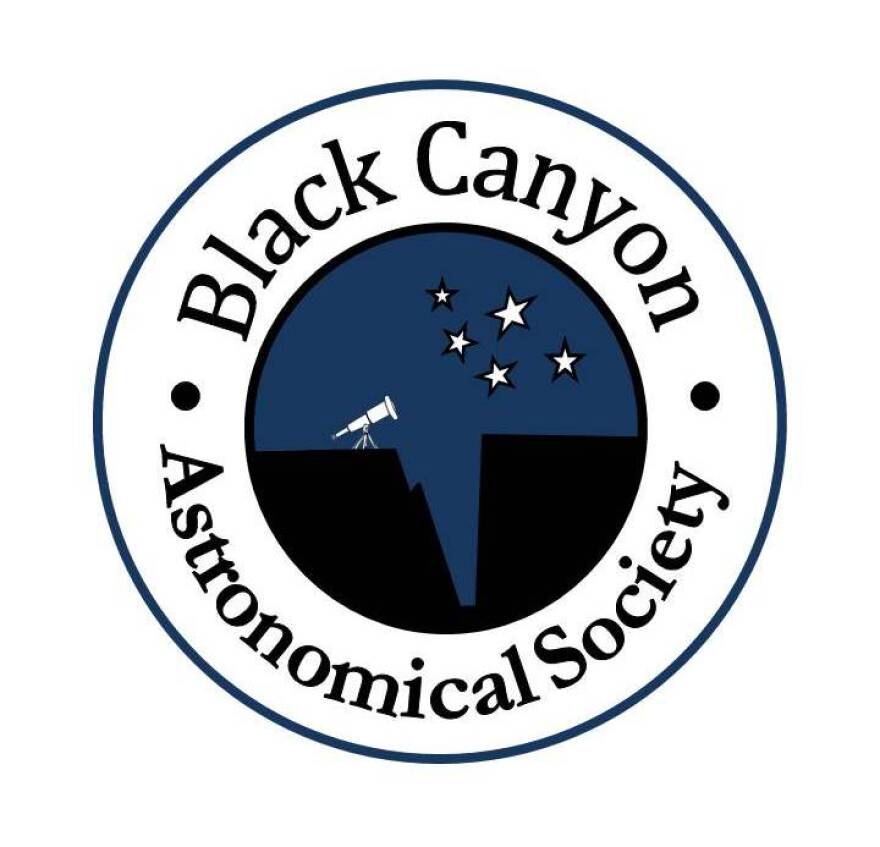As early as 1923, German astronomers dreamt of a telescope that could observe the universe from space, where Earth’s weather and atmosphere would not interfere with its observations. Nearly 70 years later, their dreams became reality – not just for a select group of scientists, but for the masses.
NASA launched the Hubble Space Telescope in 1990. It quickly assumed its new home around 350 miles above the Earth, equipped with an eight-foot diameter mirror, several cameras, and a variety of other instruments. Scientists and night sky lovers alike eagerly awaited the return of the first images.
Much to everyone’s disappointment, Hubble’s initial photos proved unfocused and blurry, due to a slight mistake in the grinding of the main mirror. Three years later, astronauts met Hubble on-orbit to make the necessary corrections. This trip became the first of five crewed missions to service the telescope. Because of these missions, Hubble’s technology actually improved over its 30-year lifespan.
With the mirror issue resolved and technology upgraded, Hubble finally began to return stunning image after stunning image of objects from every corner of the universe. Imagine nearly any beautiful photo you have seen of a planet, neighboring galaxy, star cluster, or nebula and its likely that Hubble produced that image.
Yet, beyond being our window to see such objects more clearly, Hubble revealed more information about the nature of our universe than those early German astronomers could have fathomed.
Hubble has enabled "time travel,” allowing us to view galaxies located near the edge of the observable universe. Such galaxies are so far away that their light has been traveling almost since the very beginning of time. These observations allow us to calculate the age of the universe and the rate of its expansion with greater accuracy.
Additionally, Hubble’s instruments are able to detect ultraviolet and infrared light, which are invisible to the naked eye. The resulting discoveries include dark matter, dark energy, and central, supermassive black holes in nearly every major galaxy.
To date, Hubble has made about 1.5 million observations and its data has been referenced in nearly 20,000 published papers. Many Hubble images have found their way onto personal desktop backgrounds, posters, t-shirts, coffee mugs, and more. It has truly become “the people’s telescope.” Hubble has unlocked secrets of the universe for all of us, and as our collective knowledge grows, so does our understanding of our place in it all. In the midst of changing times, Hubble serves as a unifying force among those who call Earth home. Together, we eagerly await the further pursuit of the seemingly endless mysteries of outer space.

You’ve been listening to Western Slope Skies, produced by members of the Black Canyon Astronomical Society. This episode was written and recorded by Gina Loewen, Park Ranger at Black Canyon of the Gunnison National Park.


